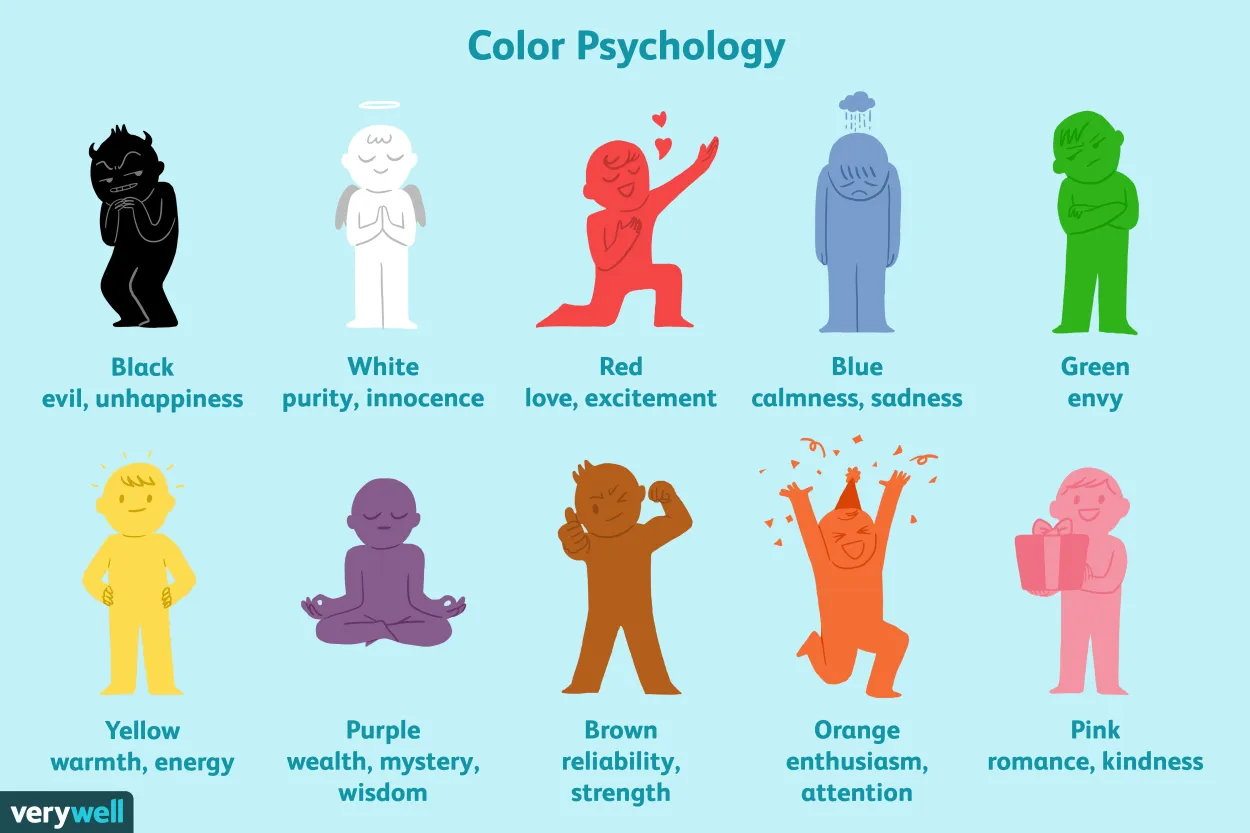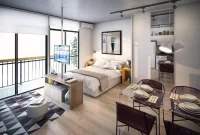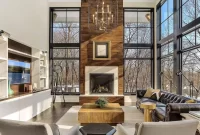Discover the fascinating world of color psychology and how it can affect our mood. In this article, we delve into the power of hues and how different colors can evoke various emotions. Explore the intriguing ways in which you can use colors to influence your own mood and create a harmonious environment.
Creating a Soothing Atmosphere with Cool Tones
Color Psychology: Using Hues to Influence Mood
Cool tones, such as blues and greens, have long been associated with a sense of calmness and tranquility. Whether you’re decorating your home or designing a workspace, incorporating cool tones can help create a soothing atmosphere that promotes relaxation.
One way to use cool tones is by painting the walls in shades of blue or green. Lighter shades like sky blue or mint green can make a space feel open and refreshing, while darker shades like navy blue or forest green can add depth and coziness. Consider using cool-toned wallpapers or paints to set the desired mood.
In addition to wall colors, furniture and decor also play a vital role in creating a soothing atmosphere. Opt for upholstery and accessories in cool tones to complement the overall color scheme. Soft blue or green cushions, curtains, and rugs can enhance the calming effect in a room.
Another way to incorporate cool tones is through lighting. Choose cool white or blue lights to create a serene ambiance. Soft, diffused light fixtures can produce a relaxing glow, perfect for winding down after a long day. Avoid harsh, bright lights as they can disrupt the calming atmosphere.
Lastly, natural elements can amplify the soothing effect of cool tones. Introduce plants with green leaves or flowers in calming shades of blue to bring a touch of nature indoors. Not only do they add visual appeal to the space, but plants also improve air quality and contribute to a sense of tranquility.
In conclusion, by using cool tones in your color scheme, you can create a soothing atmosphere that promotes relaxation and calmness. From painting the walls to selecting furniture and lighting, incorporating blues and greens can transform any space into a tranquil sanctuary.
Energize Your Space with Warm and Vibrant Colors
In the world of color psychology, hues have long been recognized as a powerful tool for influencing mood. With the right combination of warm and vibrant colors, you can transform any space into an energizing oasis.
1. Red: The Color of Passion
Red is an intense color that evokes strong emotions. It stimulates energy and excitement, making it perfect for areas where you want to inspire creativity and enthusiasm. Consider adding red accents or furniture to your workspace or a red feature wall in your living room.
2. Orange: The Color of Happiness
Orange is a warm and vibrant color that radiates joy and happiness. It can create a welcoming and cheerful atmosphere in any room. Use orange in your kitchen or dining area to stimulate conversation and appetite, or incorporate it into your bedroom for a cozy and uplifting vibe.
3. Yellow: The Color of Optimism
Yellow is associated with sunshine and positivity. It can make a space feel brighter and more dynamic. Consider using yellow in your home office or study area to promote concentration and productivity. It’s also a great choice for children’s rooms, as it stimulates creativity and imagination.
4. Pink: The Color of Serenity
Pink is a calming color that promotes relaxation and serenity. It can create a soothing atmosphere, making it an excellent choice for bedrooms, bathrooms, or any space where you want to unwind. Use different shades of pink to add depth and create a harmonious environment.
5. Green: The Color of Balance
Green is associated with nature, balance, and harmony. It has a calming effect and can reduce stress. Incorporate green elements into your living room or workspace to create a sense of tranquility. You can use potted plants, green walls, or furniture to introduce this refreshing color into your space.
6. Blue: The Color of Clarity
Blue has a calming and soothing effect on the mind. It promotes clarity and focus, making it an excellent choice for offices, study areas, or any space where concentration is crucial. Soft shades of blue can create a peaceful and serene atmosphere in bedrooms or living rooms.
7. Purple: The Color of Luxury
Purple is often associated with luxury, creativity, and spirituality. Use this rich and royal color to add a touch of elegance to your space. Incorporate purple accents in your bedroom or living room for a sophisticated and opulent feel.
Remember, the colors you choose for your space can have a profound impact on your mood and well-being. So, let your imagination run wild and experiment with warm and vibrant hues to create an energizing environment that truly reflects your personality.
Color Psychology: Using Hues to Influence Mood (Design Photos)
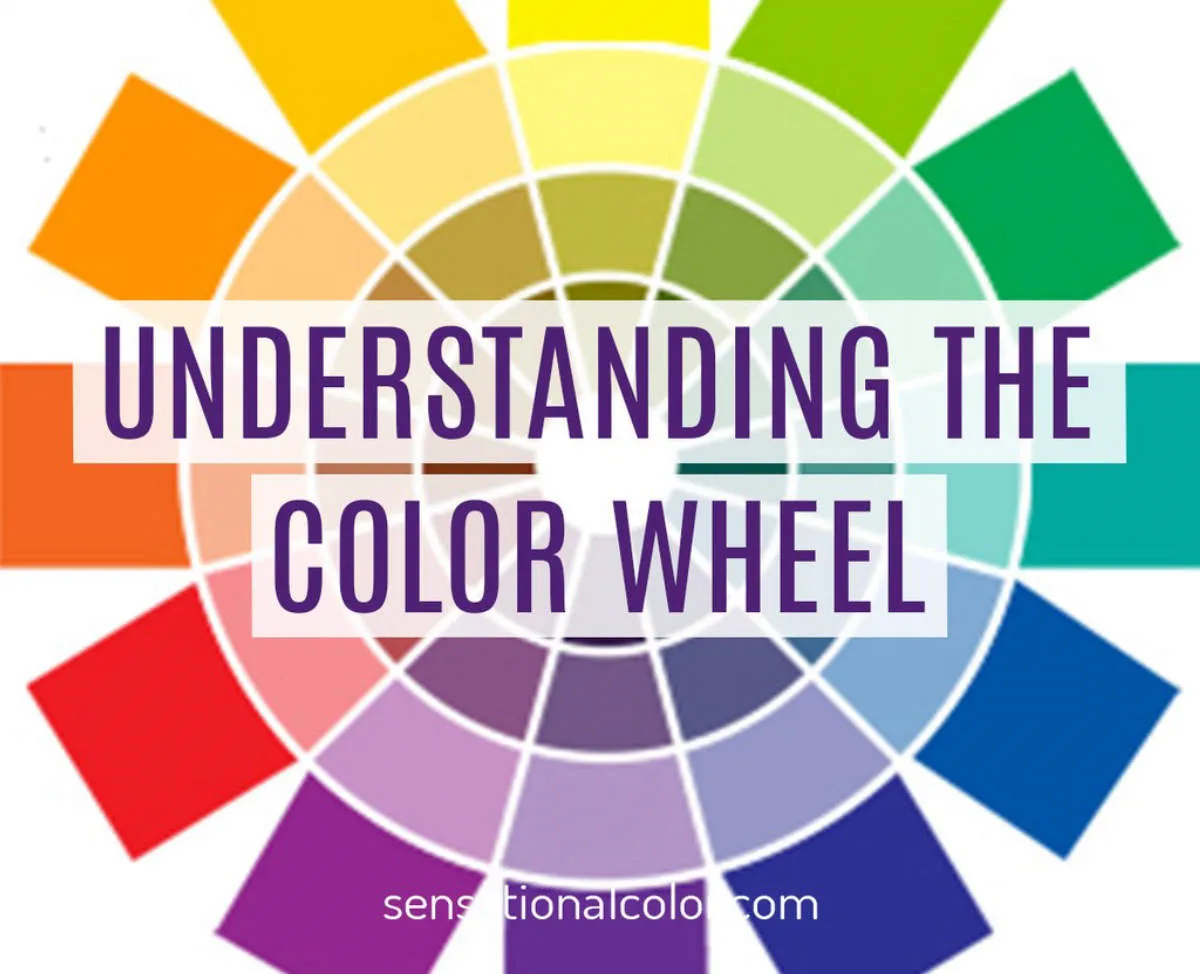
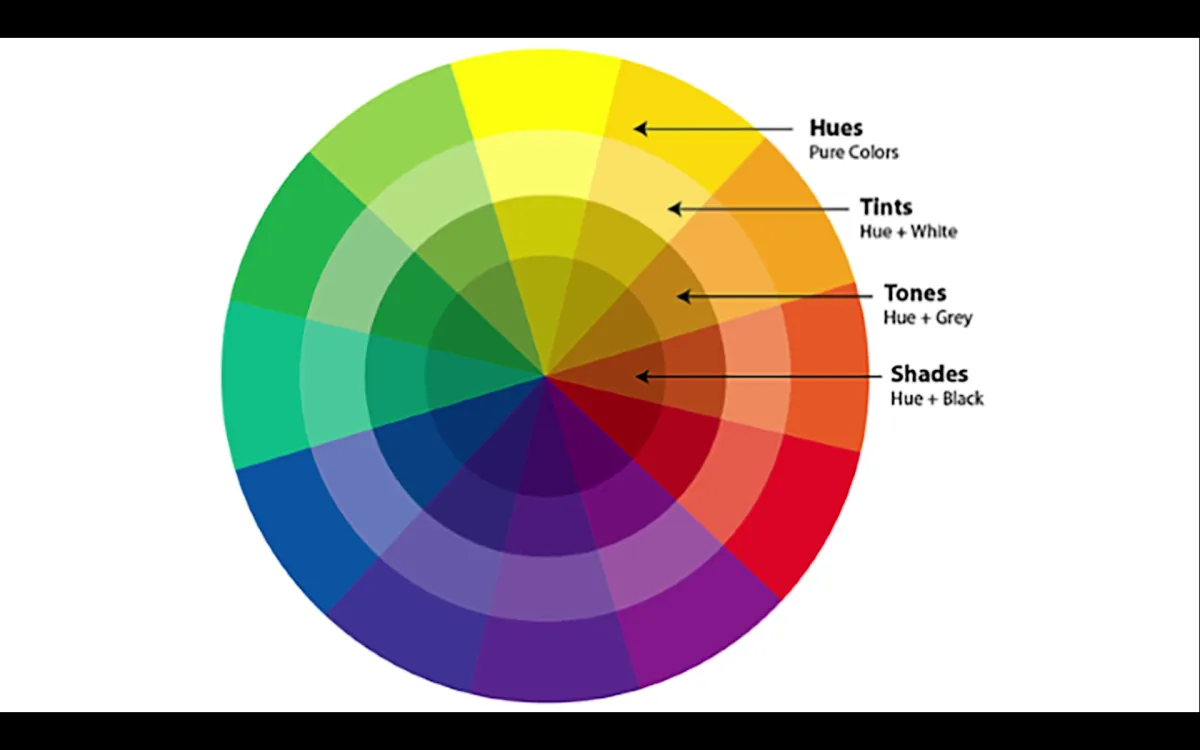
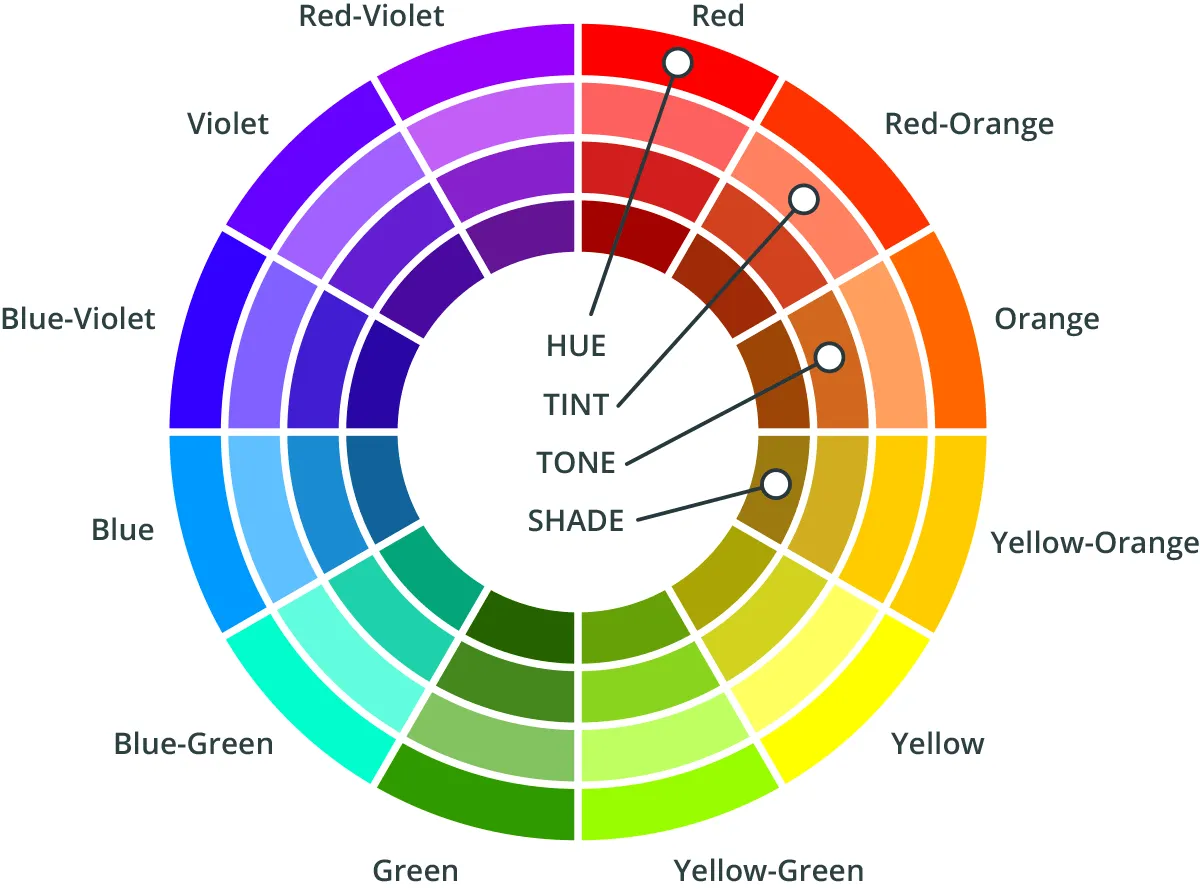
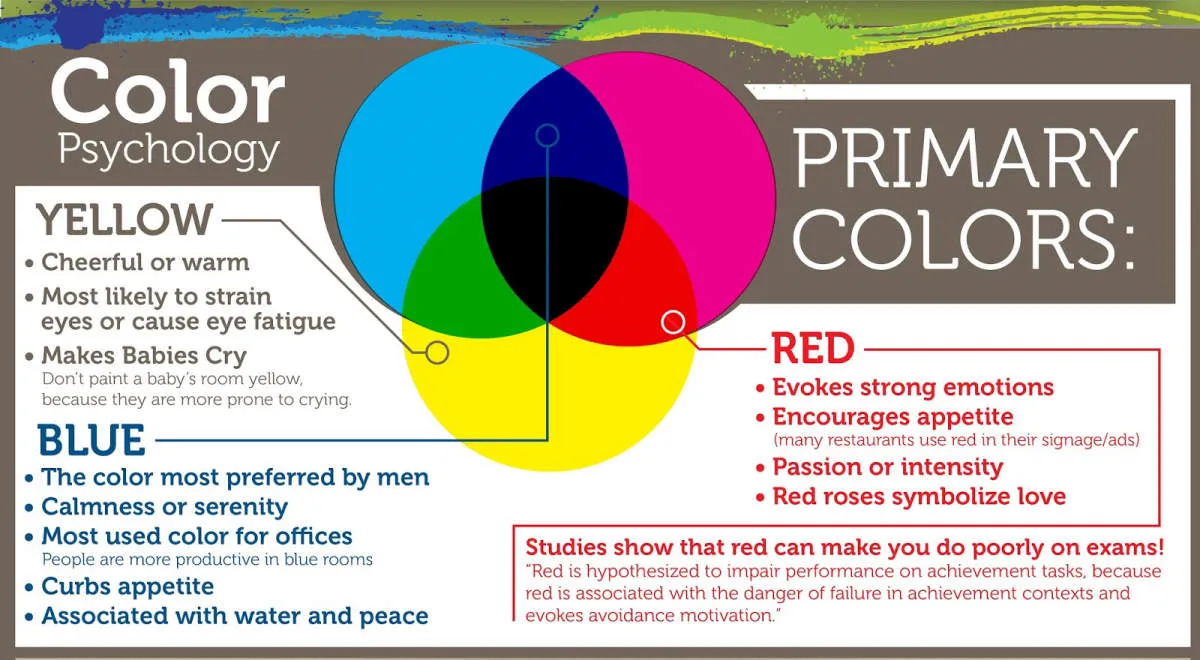
Conclusion
In conclusion, color psychology plays a significant role in influencing mood. Different hues have the power to evoke various emotions and can be used strategically in various settings to create specific atmospheres. Understanding the impact of colors can help individuals and businesses utilize color choices effectively to enhance mood and create desired experiences.

